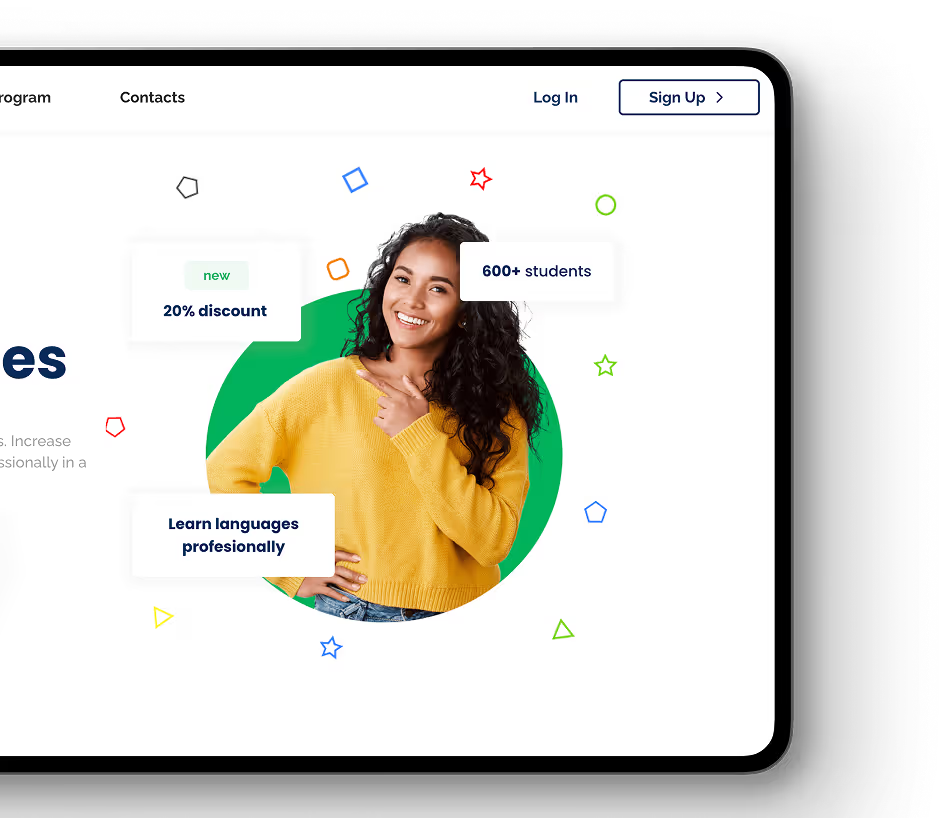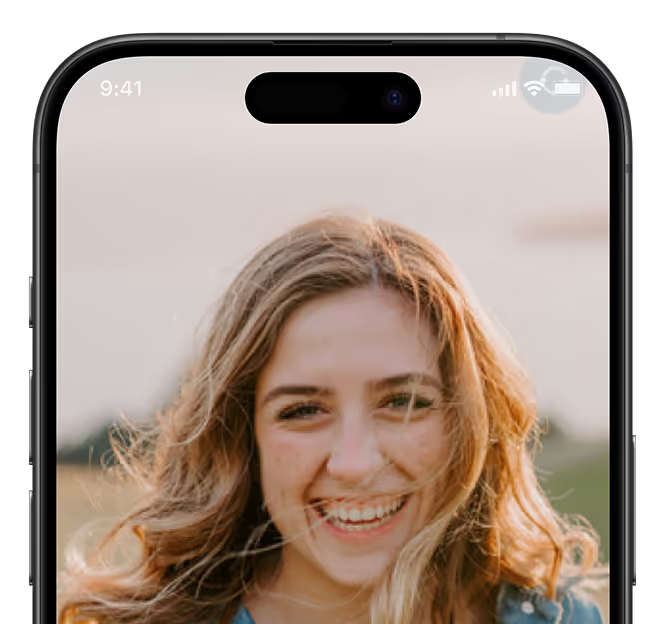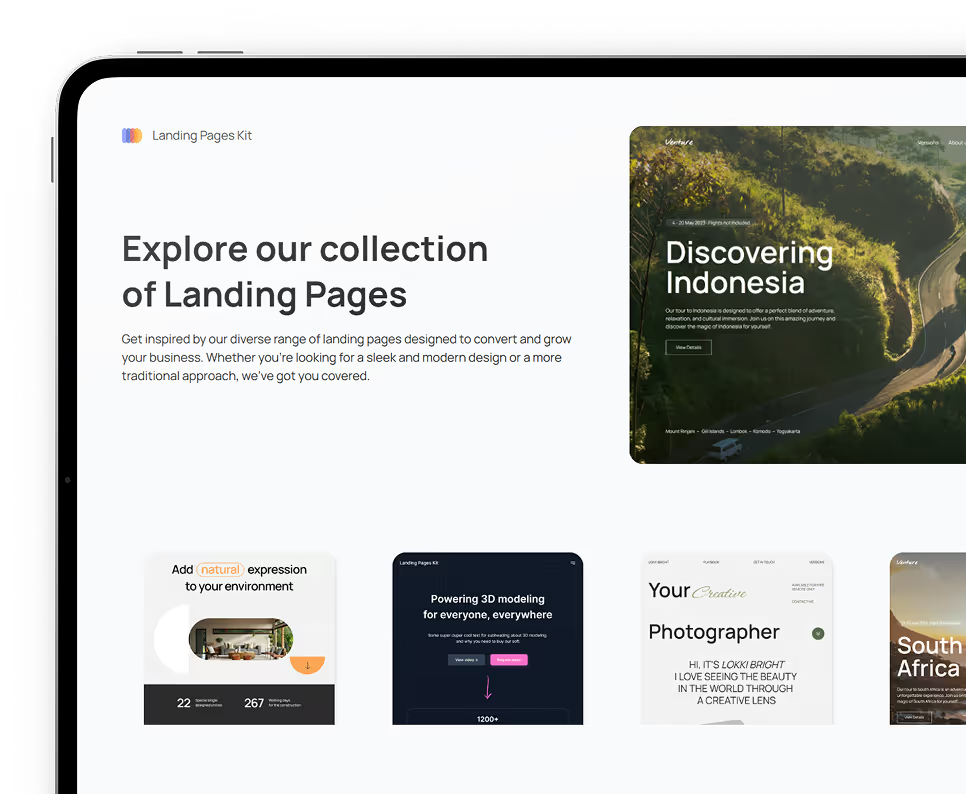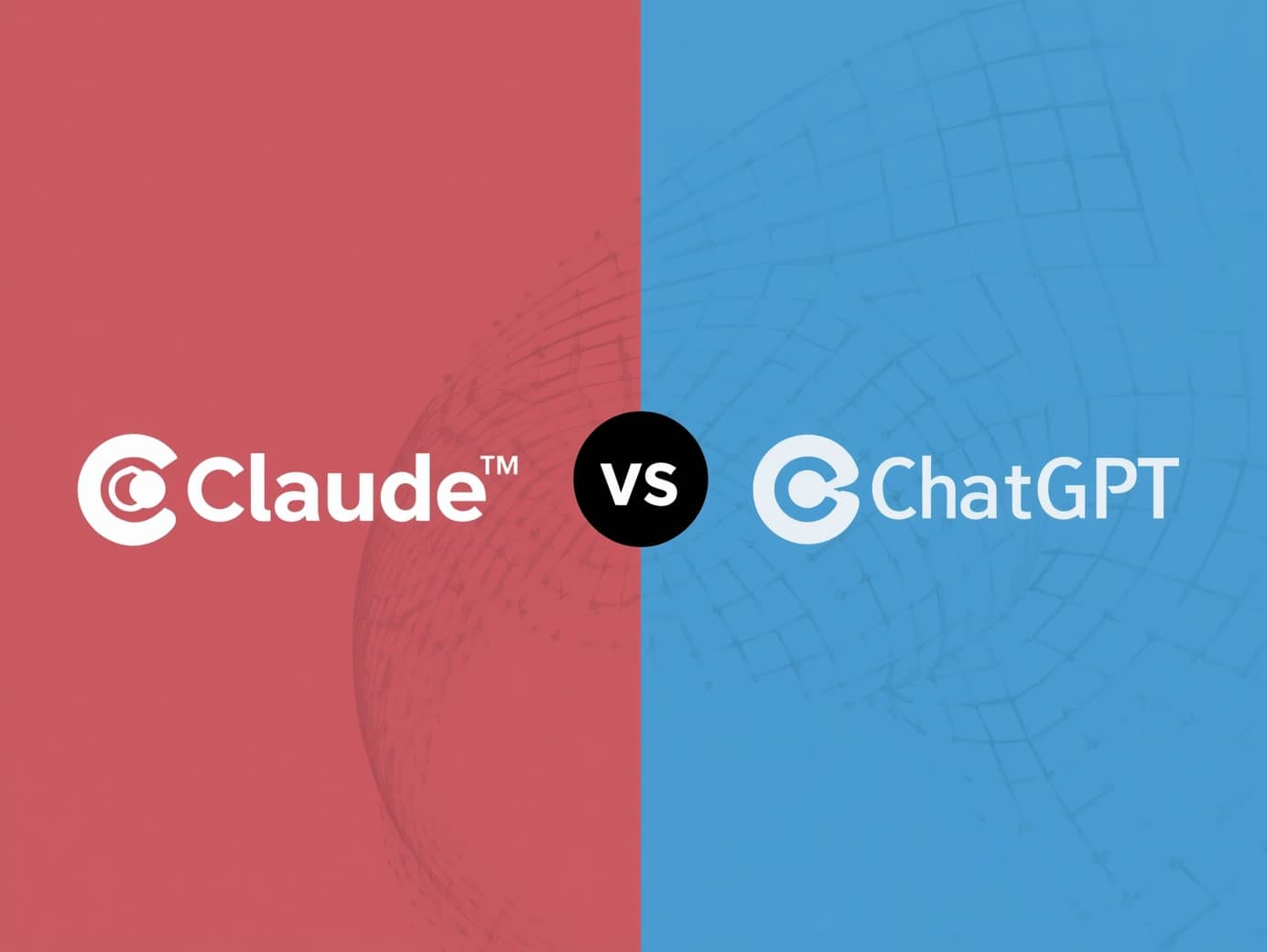January 6, 2023
•
4
min read
How To Structure A Bubble Database
Structuring a Bubble database may seem daunting at first, but it's not that difficult. Here's everything you need to get started.

Structuring a Bubble database may seem daunting at first, but it's not that difficult. Bubble offers you a range of options to create an efficient and effective database from the foundation to the database to the essentials. This blog post will cover all the basics of building a Bubble database so you can create amazing applications.
Foundation Of The App
From the beginning, you want to think of your database as an organized system of records. To do this, you will need to consider the structure of the data, decide on a database schema that makes sense for your application, and understand how the data should be stored and retrieved.
Here at Rapid Dev, this is a crucial step that we dare not overlook. We understand that the no-code app builder, Bubble, is built on the principle of connecting data and allowing users to interact with it seamlessly – but we also recognize that it takes more than that to make Bubble truly effective.
Therefore, using a database application, we will build the entire database structure by inputting and mapping out the various data types, fields, and other essential details. Taking this step ensures our process is primed for the next step.
On the other hand, if you opt to set up the database as you build its process it may be a quicker process but it can produce a more chaotic database structure. Since as the app advances, its growth is positively or negatively impacted by the quality and structure of the database.
The Database Essentials
Now let's look at the database essentials for Bubble.
1. Types
There are different data types within Bubble, each having its definition and purpose. For example, if you are building an eCommerce app, you could define a type called “Customers” type. and add fields such as name and address. Nailing down the exact types of information to include in a database is the first step before deciding how to organize these items.
2. Fields
While data types are the containers for the information, fields are the specific elements within them. Building with Bubble offers many different field types such as:
- Text: A chain of characters
- Number: Any whole or decimal number
- Boolean: True/False or Yes/No values
- Date: A calendar date and time
- Geographic address: A physical address
- Files/Images: Uploaded images and other file formats
- Number interval
- Date interval
Using the above example you could create fields such as customer_name, customer_address, and so on. This is where you can save the data for specific entries so you can find the right data at the right entry to be showcased in your application. Also, when you define a new data field, you must determine if it contains a list of values or a single value.
3. Things
Things are Bubble's name for a database entry. It’s what Bubble uses to save information about an individual entity, such as an individual customer or product. Bubble assigns an entry as "things", however, once you define the data type, "thing" will be replaced by the type name such as "customer" or “product”.
4. Built-In Fields
Bubble offers several fields for each data type. These include:
-Created Date
-Modified Date
-Creator
-Slug: Every entry has a slug
-Unique ID: Every entry has a unique ID
To save time, Bubble automatically creates these data fields and allocates them a value.
5. Adding Types And Fields
Bubble gives you the option to either add types and fields using the Data Tab or play it by ear when you are designing your workflow.
6. Setting A Default Value
Once you have your data types and fields set up, Bubble allows you to select a default value for each field. This will ensure that the field is populated with the right information when a new thing of data type is created. For example, if you set the “Status” field of your customers to “Active” by default, Bubble will populate this field with "Active" each time a new customer is created.
Linking Objects Together
Once Bubble recognizes the types and fields of your data, it's time to link them together. Bubble offers you two ways to do this, using a field or using a separate object.
1. A Field vs A Separate Object
You must decide if you would rather an entry be placed as a field on a data type or a separate data type completely. For instance, if you are building an app to track customer orders, you can either link the “customer” field to a certain order or create a separate “customer_orders” type which links the two.
2. One-Way vs Two-Way
You must also determine if the relationship between the two types should be one-way or two-way. For instance, for your eCommerce app, you may consider having a "Customer" field for your "Products Ordered", a list of "Products Ordered" fields for your customer, or both.
Privacy Rules
Finally, Bubble allows you to set rules and conditions that determine what data is sent from the Bubble server to your customer. Bubble's Privacy Rules feature allows you to define which user can access what data and for how long, ensuring that your data remains secure.
We recommend that you establish this immediately after building your Bubble database, which is right before the development stage. This is because it will be harder to implement security measures after the app has been built.
Using the eCommerce app example, you may need to create new fields to ensure that data is secure. If you want to prevent certain users from seeing customers' data, you may have to create a privacy rule that hides certain fields from a certain user type.
We Use The Most Innovative Technologies To Develop Genuinely Efficient Solutions
Building Bubble databases requires careful planning and an in-depth understanding of Bubble's features. Bubble offers great tools to help you create sophisticated database structures, including types, and fields, linking objects together, and setting default values. Also with Bubble's Privacy Rules, Bubble users can ensure that their data is secure. Whether you are a no-code startup or an enterprise business, Bubble has the tools to help you build a Bubble database that meets your specific needs.
At Rapid Dev, we harness Bubble's most innovative technologies to develop solutions for our clients to increase their efficiency and meet their business needs. Our team is experienced in Bubble and are experts in Bubble databases, so if you are looking for an efficient Bubble database with strong security, flexibility, and ingenious solutions, we are your team.
Check out our packages for more information or contact us today to get started. We’d love to help you out!
Ready to kickstart your app's development?
Connect with our team to book a free consultation. We’ll discuss your project and provide a custom quote at no cost!
Latest articles
We put the rapid in RapidDev
Ready to get started? Book a call with our team to schedule a free consultation. We’ll discuss your project and provide a custom quote at no cost!











